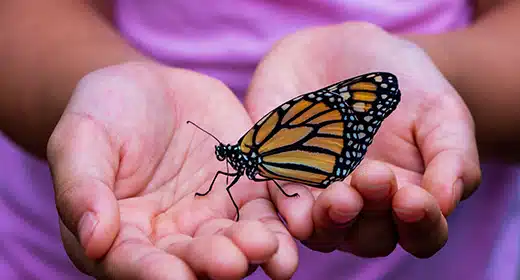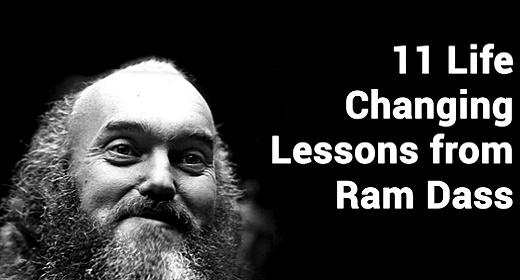by Megan Larson: As a child therapist (and animal lover) I am often asked questions around how to best support children through the death of a pet.
 Many times, the death happens suddenly, or at times there is a known prognosis due to an illness. Naturally, this can elicit many questions from parents around the best way to walk through this with a child. It is important to say that there is not “a play book” that we can reference, which will give us precise answers on the topic. Each experience of grief and loss occurs in the fluid context of personal, familia, social, cultural, and historical influences.
Many times, the death happens suddenly, or at times there is a known prognosis due to an illness. Naturally, this can elicit many questions from parents around the best way to walk through this with a child. It is important to say that there is not “a play book” that we can reference, which will give us precise answers on the topic. Each experience of grief and loss occurs in the fluid context of personal, familia, social, cultural, and historical influences.
Pets, for many of us, are members of our families. They are with us during a myriad of important moments in our lives. They often act as a source of tremendous joy, and even emotional support on hard days. It is no wonder then, that children miss them terribly when they leave this reality.
Loss of any kind can evoke many different emotions. Depending on the age & development of the child, their experience of loss will vary. With all these variations and differences in mind the most important thing to remember is each experience of loss is unique to the individual. Each child will move through the process differently and there certainly is not a right or wrong way to grieve. While each experience of loss is unique in how it is processed, death is part of life on this planet. We all, at some point, will encounter the loss of a loved one. Knowing this truth, often can provide a sense of solace, you are not alone in having loved and “lost” a pet.
Here are some considerations to keep in mind for parents or caregivers when navigating a death or anticipated loss of a pet with a child.
1. Be Honest & Authentic
Tell children the truth. Be honest about situations and feelings related to the death. Share with them your feelings and how you are coping. Being honest is important for emotional congruence. When we say one thing but feel another it creates incongruence in the relationship. As a result, children can sometimes learn to not trust themselves. Being honest in this context does not mean having to share every detail surrounding the situation (use your best discernment based on their maturity and emotional development). Allow them space for questions, and contemplation. Model how to be with hard moments.
2. Importance of Choice
Allow children choice around their level of involvement with the dying process or death of a pet. Choice allows for empowered decisions. This is another area to use discernment based on their emotional maturity. Follow their lead based on what you know about them and how they react.
3. Use of Ritual, Prayer & Intention
Celebrate the life of the pet through creative activities such as art, music, or movement. Use the opportunity to honor the moments as a family that you shared with the pet. Allow children to create altars, scrap books of pictures, songs, wishes or prayers for the pet that is in alignment with your family’s beliefs and traditions. A ritual can be any connected moment where there is intention and presence.
4. Connecting to the Heart
Although the physical body of the pet is no longer there, remind children to remember that the pet lives on in their hearts. Remind the child that they continue to live inside of us despite the animal not being in the home in the same way.
If the child can make sense of their experience surrounding a loss, the process will be an integrated one. Integration requires balanced perceptions around change. Most importantly remember that grief is normal and natural, give your children and yourself time to integrate the change.
“The day my mother died, I wrote in my journal, “A serious misfortune of my life has arrived.” I suffered for more than one year after the passing away of my mother. But one night, in the highlands of Vietnam, I was sleeping in the hut in my hermitage. I dreamed of my mother. I saw myself sitting with her, and we were having a wonderful talk. She looked young and beautiful, her hair flowing down. It was so pleasant to sit there and talk to her as if she had never died. When I woke up it was about two in the morning, and I felt very strongly that I had never lost my mother. The impression that my mother was still with me was very clear. I understood then that the idea of having lost my mother was just an idea. It was obvious at that moment that my mother is always alive in me.”
― Thích Nhất Hạnh, No Death, No Fear: Comforting Wisdom for Life









































